A Journey to the Mystical Universe of the IncasThe Mystery of the ancient Inca civilization continues to captivate historians and travelers alike.
Have you ever wondered why so many people worldwide choose Peru as their travel destination? And the city of Cusco? What attracts thousands of visitors year-round to the ancient capital of the Inca Empire? What do you know about the past of the Incas?
- Cusco and the Evidence of Extraterrestrial Intelligence
- Plaza de Armas – The Ancient Swamp of the City
- Palace of Inca Viracocha, Now the Cathedral
- Qoricancha, a Place of Worship: The Temple of the Sun
- Sacsayhuamán: Not the Work of the Incas
- Qenqo, the Inca Cult Labyrinth
- Puca Pucara: Parties and Orgies to Entertain the Inca Army!
- Tambomachay: Temple of Fertility and Water Worship
- You Might Also be Interested in:
You should know that Peru was the cradle of some of the oldest civilizations on the planet. Most of them buried their kings and nobles with treasures and valuable objects to accompany them in the afterlife. Thus, Peru became a great huaca, a cemetery of ancient civilizations that attracted over 25,000 tomb raiders. Moreover, it is an enigmatic city built upon the ancient remains of the Inca city called Qosqo by the ancient Incas. This city, in turn, was also likely built upon even older ruins of a city that, according to the Incas themselves, already existed when they arrived around 400 B.C.
And it is here that much of the mystery lies…
A Brief History of a Star Portal, a Solar Disk, and Beings from Other Planets…
Scientists, scholars, and theorists believe the Inca creation story may go beyond mythology. They think the ancestors’ tales describe a journey through a star portal that occurred thousands of years ago.
According to them, the children of the Sun God, Viracocha, came to Earth to give rise to the Inca civilization through three mysterious openings in a mountain. (The three openings are believed to be the Monument of the Three Windows in Machu Picchu, the setting of this miraculous event).
The Ayar brothers, children of the god Viracocha, could be genuine beings who visited the Incas, providing them with the foundation of their science, technology, and spoken language—every aspect of civilization to the peoples of South America—using a star portal on the mountainside (which is believed to be Machu Picchu) to reach them.
Was the great Inca Empire created by extraterrestrials traveling to Earth through a star portal? Could this explain the spiritual connection between gods, nature, and humans in Andean Cosmovision?
When you visit the city, like thousands of scientists and scholars, you’ll draw your conclusions, and who knows, you might become another researcher on the topic, eager for new evidence… because there is still much in the Cusco region to discover and reveal to humanity.
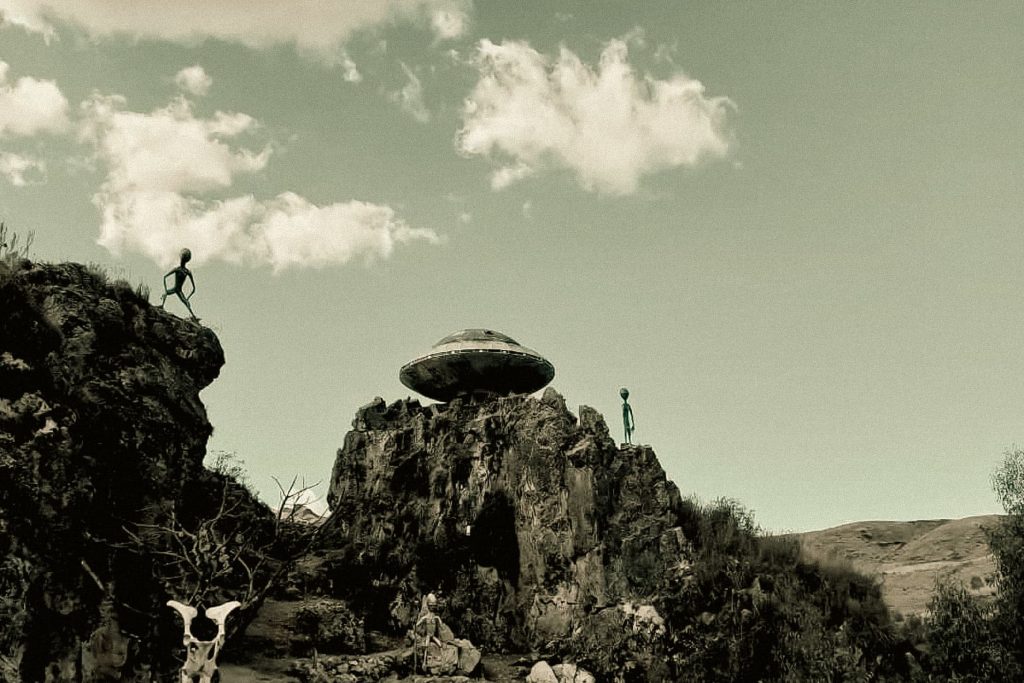
Cusco and the Evidence of Extraterrestrial Intelligence
Nestled in a high river valley in the Andes Mountains, between peaks that rise more than 6,000 meters, we find the city of Cusco, the ancient capital of the Inca Empire from the 13th to the 16th century A.D. What makes this city impressive is the evidence of a very advanced civilization, possibly extraterrestrial, that helped the Incas from their beginnings.
The undeniable evidence even surprised the Spanish conquerors, who, upon arriving in 1533, were perplexed by what they found everywhere: astonishing archaeological remnants.
And so you can expect your City Tour to be An excursion into the inexplicable, the incredible, that will lead you to witness firsthand all the evidence of the possible existence of extraterrestrial beings in the creation of the Inca Empire.
Plaza de Armas – The Ancient Swamp of the City
Our fantastic adventure begins in the Plaza de Armas, the city’s main square. Here, you’ll see a parade of tourists from all nationalities strolling through its floral and green gardens. At nightfall, its shiny ground and lights paint the landscape in gold. It’s incredible to think that in the past, this place was a vast swamp…
The energy you’ll feel here doesn’t lie: Prosperity and bloody battles mark the memories stored in this Plaza de Armas, which only has one representative Inca artifact, the statue of Pachacútec. Imposing and shiny, it points toward the sky, indicating where the story might have originated…
Today, the scene is set by gigantic churches of Spanish architecture, but inside each façade lies the Inca reality, the actual owners of the land, brutally massacred and oppressed by the Spanish.
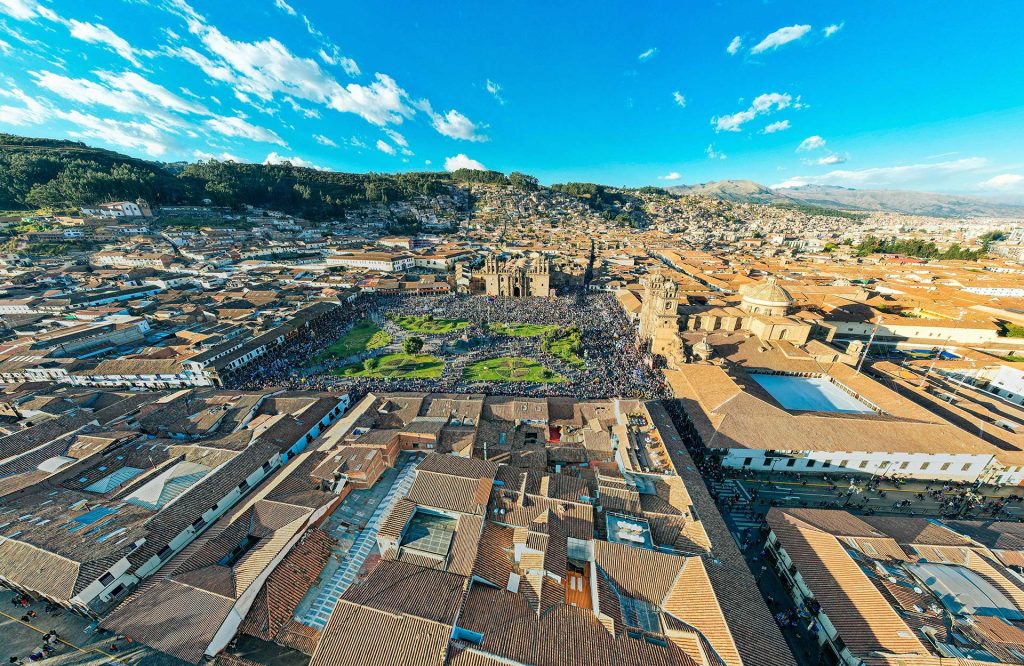
Palace of Inca Viracocha, Now the Cathedral
The City Tour will take you to visit the foundations of the ancient Palace of Hatun Tópac, the Inca Viracocha, transformed by the Spanish into the current Cathedral, which is said to have taken over 100 years to build. Here, you can admire paintings from the famous Cusco School of Art, renowned throughout South America, and works crafted in gold and silver leaf. However, don’t forget what lies beneath this construction, as its Inca roots remain alive, emanating all kinds of evidence, not only monumental but also spiritual.
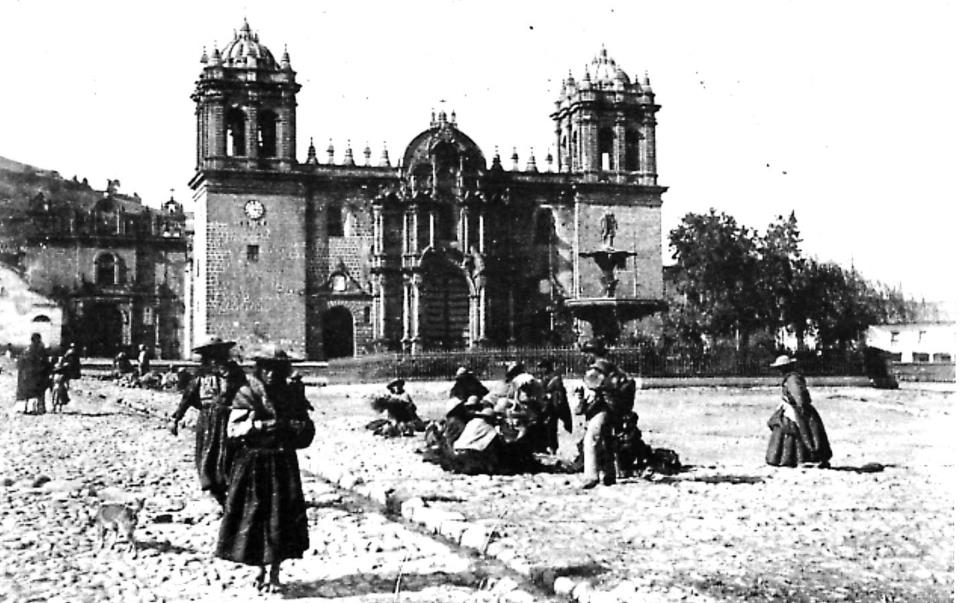
Qoricancha, a Place of Worship: The Temple of the Sun
The ruins of Qoricancha are considered a marvel of Inca architecture. What you’ll witness in this place is impressive: The stone constructions indicate that this was a sacred place, a temple of great importance during the Inca era. It was covered entirely in gold leaf and dedicated to worshipping the Sun and other celestial bodies. In its vast halls is evidence of stone carvings so precise that traditional archaeologists can’t explain it, and unbiased engineers believe they come from intelligence from other planets.
The secrets hidden in each wall, each enclosure, and artifact you’ll find in Qoricancha, are like a puzzle, where each piece fits perfectly. Little by little, the truths about the mysteries surrounding the Inca civilization are coming to light through each of these fits.
To understand a bit more about this legendary past, which attributes the help of beings from another world to Inca history, there is a legend that Emperor Pachacútec, in the midst of one of his battles, made a retreat near a lake (Titicaca), and at that moment saw a piece of metal fall from the sky into the water. When he managed to retrieve it, he realized it was a mirror, and in it, the image of a supernatural creature appeared, saying, “I am your father; you will win many battles in your life, including this one.” The image reflected in the mirror was Viracocha, the creator deity. At that moment, when the Emperor rose to battle with his much smaller army, megalithic stones came to life, rising to the sky and projecting against the enemies, crushing and destroying the Chaca people.
Is it possible that the story of a god levitating massive stones is true? And that the mirror that fell from the sky could be some alien technology?
What is deduced is that Emperor Pachacútec (whom you will see in a statue in the Plaza de Armas) had direct communication with the god Viracocha. The stories of Viracocha descending from the heavens suggest that it could have been a misinterpreted flying saucer, leading the ancient Incas to believe it was a god.
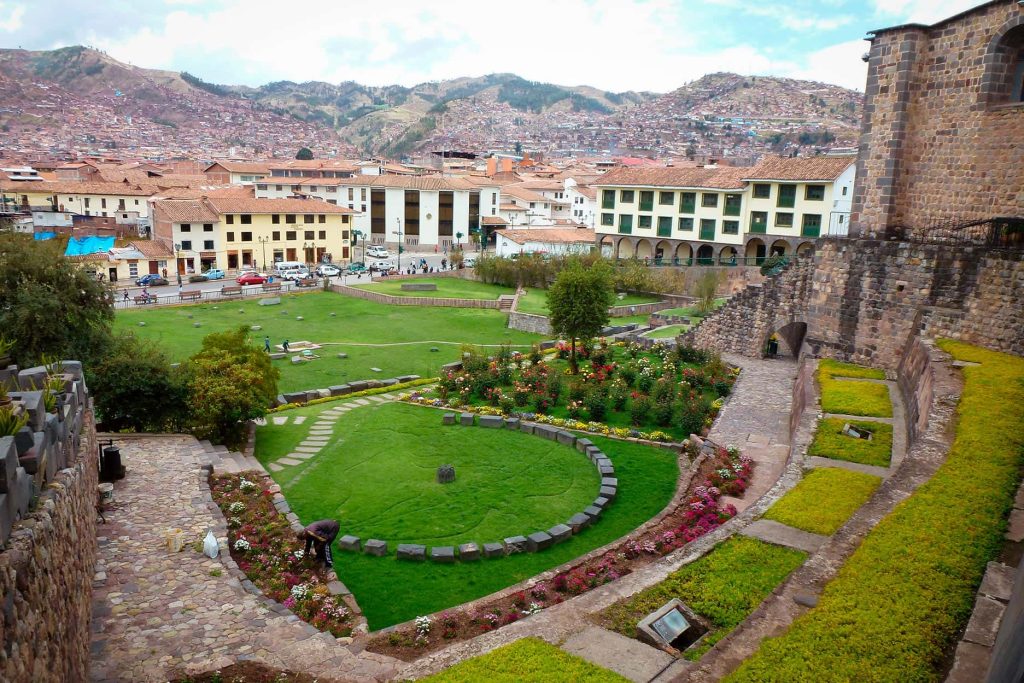
The Solar Disk that Descended from the Heavens
Legend has it that after Viracocha created the Sun, he also created the first man and woman: Manco Cápac and Mama Ocllo. And that the first order Viracocha gave to Manco Cápac was to create the solar disk as a manifestation of the creator on Earth. It was believed to possess supernatural, three-dimensional forces and was seen as a means of communication with the creator. Did Pachacútec indeed have the backing of Viracocha’s power to found and govern his Empire?
What is known is that the Qoricancha Temple was the chosen place to house the most precious treasure of the Empire: the golden solar disk. It is said to have existed since the beginning of the Inca civilization. The Incas described the artifact as made of a translucent material, representing Viracocha, the supreme creator deity, and that it came from the sky. Incredibly, the solar disk disappeared before the conquerors, led by Francisco Pizarro, reached Cusco and looted the city in November 1533.
According to research, the concern of the Incas to keep the golden solar disk out of the reach of the Spaniards reinforces the idea that it genuinely possessed otherworldly power. Many scholars believe the disk still exists and that today it is “lost” somewhere on Earth… most likely, the Incas returned it to Lake Titicaca.
And so we continue our excursion around the city; now, aboard our comfortable private transport, we head into the territories of the iconic Sacsayhuamán: The most impressive construction of the Inca Empire!
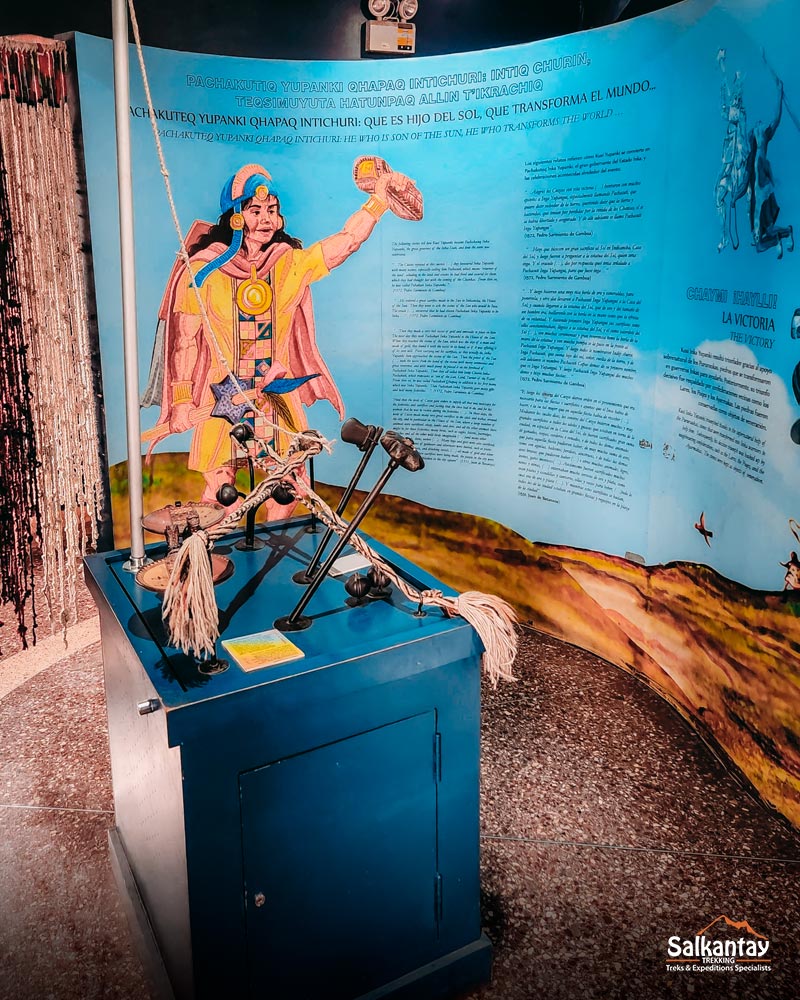
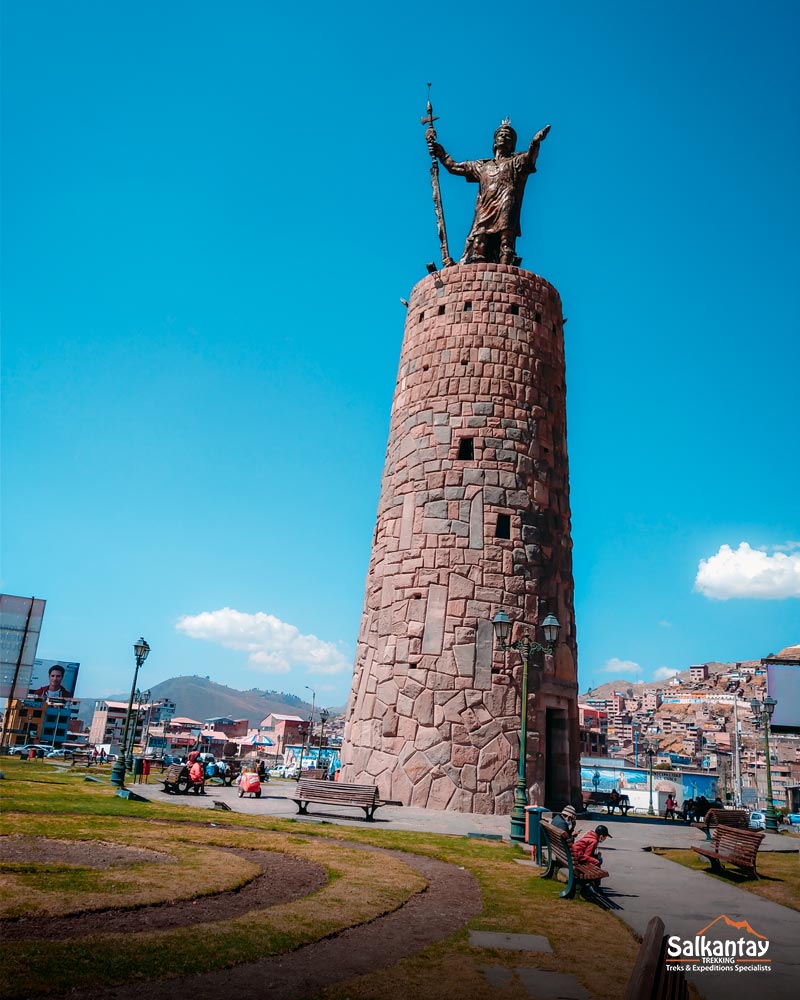
Sacsayhuamán: Not the Work of the Incas
Sacsayhuamán is impressive: When I first encountered one of the most amazing structures I’ve ever seen, right at the entrance, I understood why so many studies and investigations have been conducted about its mysteries: giant, megalithic stone blocks stretch over a vast area—it’s incredible!
There are many mysteries surrounding the construction of this archaeological site. Still, the main question is how these massive stones, some weighing more than 125 tons, were transported and perfectly fitted together—a task that would have required an army of 20 to 40 thousand workers. It is known that there are no nearby quarries, and the existing ones are more than 5 kilometers away. So, how was the Inca civilization able to transport them without advanced technology, not even knowing the use of the wheel?
History tells us that when the Incas arrived, they claimed to have found the structures of Sacsayhuamán already in place, estimating that they had existed for approximately 500 years… However, if this archaeological site predates the Incas, how could such an ancient civilization possess such advanced technology to build it?
Once again, the ancient Incas speak of celestial beings who descended from the skies long ago, shared their knowledge, and somehow, under their guidance, allowed humans to achieve such a feat… Is it possible, then, that Sacsayhuamán was created using alien technology?
I can tell you that I felt a lot of energy in that place as if the stones held a mysterious past that was still hidden from us. A visit to Sacsayhuamán is sublime: sky, earth, and monumental stones blend in this cinematic setting. You can’t miss it!
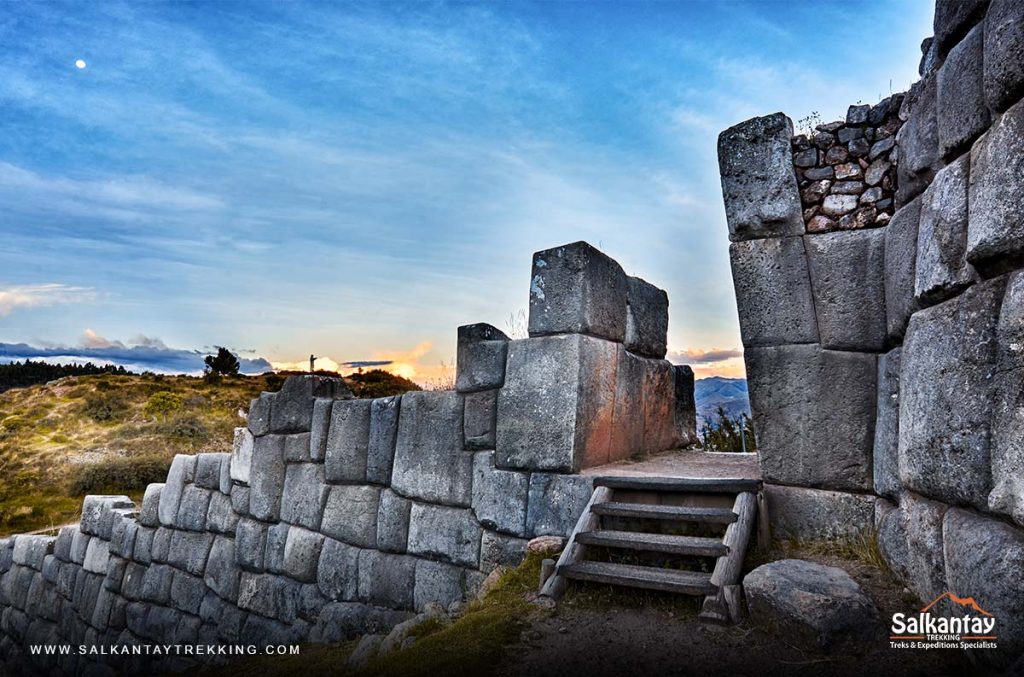
Qenqo, the Inca Cult Labyrinth
Our comfortable private transport took us to another archaeological site 1.5 km away. This, my friends, is believed to have been an Inca cult center, with sacrifices and chilling underground passages.
Upon arriving at Qenqo, we found an open space called the arena. Our guide pointed out the Toad Stone, an intriguing stone formation where the image is clearly visible before your eyes. Additionally, labyrinths with underground passages lead in various directions. It almost feels like you’re in a lively game of tunnels if it weren’t for its dark past that still leaves its mark: the sacrificial chamber with its table is terrifying, and the stone with a zigzag-shaped channel suggests that the blood of sacrificed victims once flowed there… Just imagining what those walls witnessed gives you chills.
However, these underground passages lead you to intriguing places worthy of an ancient Inca cult center. Seeing is believing! Hold on to your emotions because there’s still much more to visit: imagine that just a few steps away, following a short path filled with vegetation and with an incredible view of the city of Cusco, we find ourselves in a eucalyptus forest worthy of fairy tales.
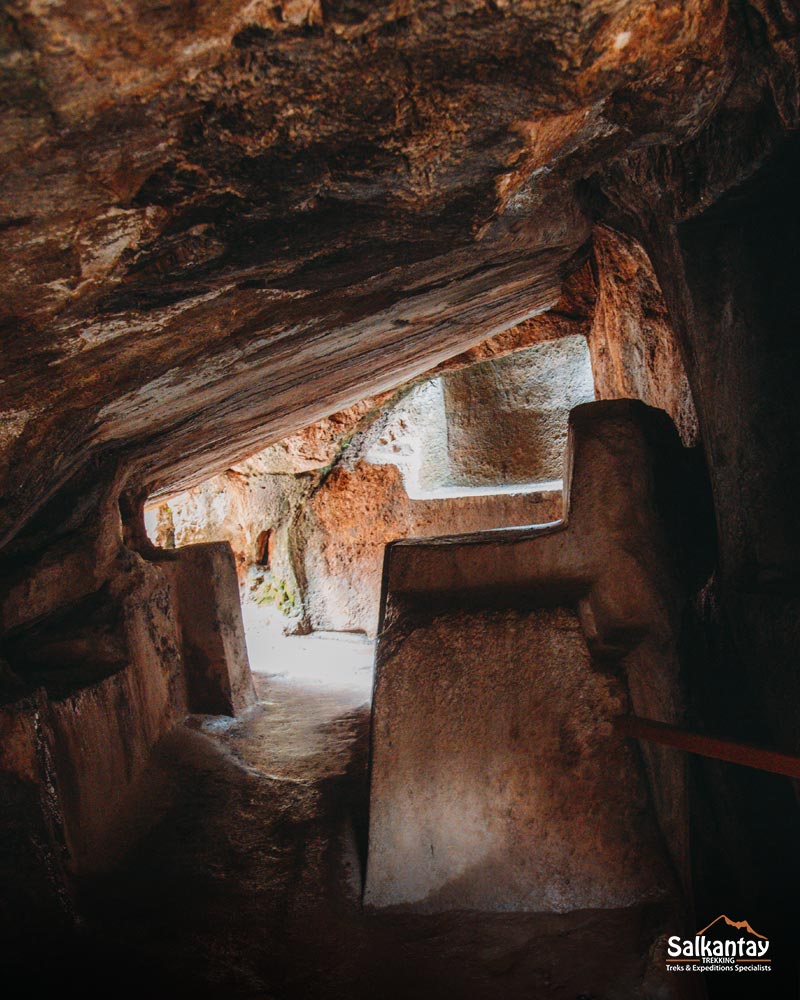
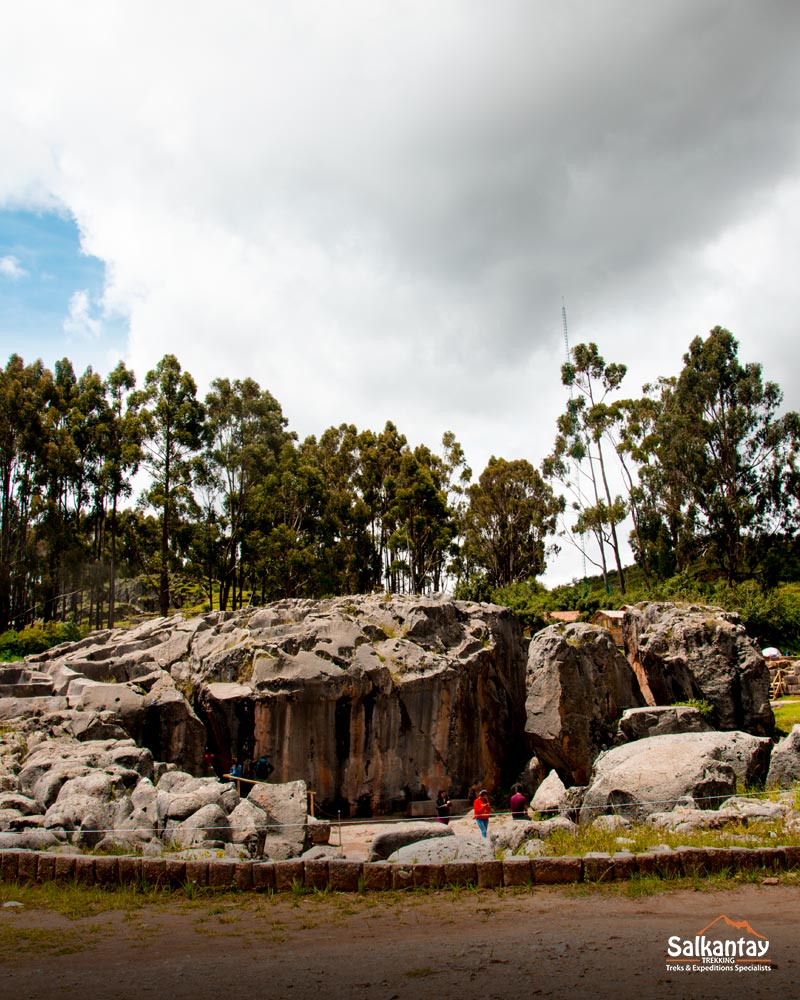
Puca Pucara: Parties and Orgies to Entertain the Inca Army!
After visiting large archaeological sites that same afternoon, we could not imagine what kind of setting the Red Fortress was in when we arrived at Puca Pucara. It is in the middle of a cinematic setting, composed of mountains forming a valley of vegetation in shades of green and brown. It’s divine to see!
Why is it nicknamed the Red Fortress? Because its stones take on a reddish hue in the late afternoon when the sun bathes them. This is due to the large amounts of iron found in its rocks.
Due to its location, Puca Pucara would have been during the Inca Empire. This resting place housed the army on its journey, providing not only water and food but also lodging and even parties with prostitutes, drinks, and drugs to entertain them.
It is also said to have served as a point of view to protect Tambomachay, the Temple dedicated to fertility located just across from it. Today, Puca Pucara is one of the best spots to get a heavenly view of the valley. Get your camera ready!
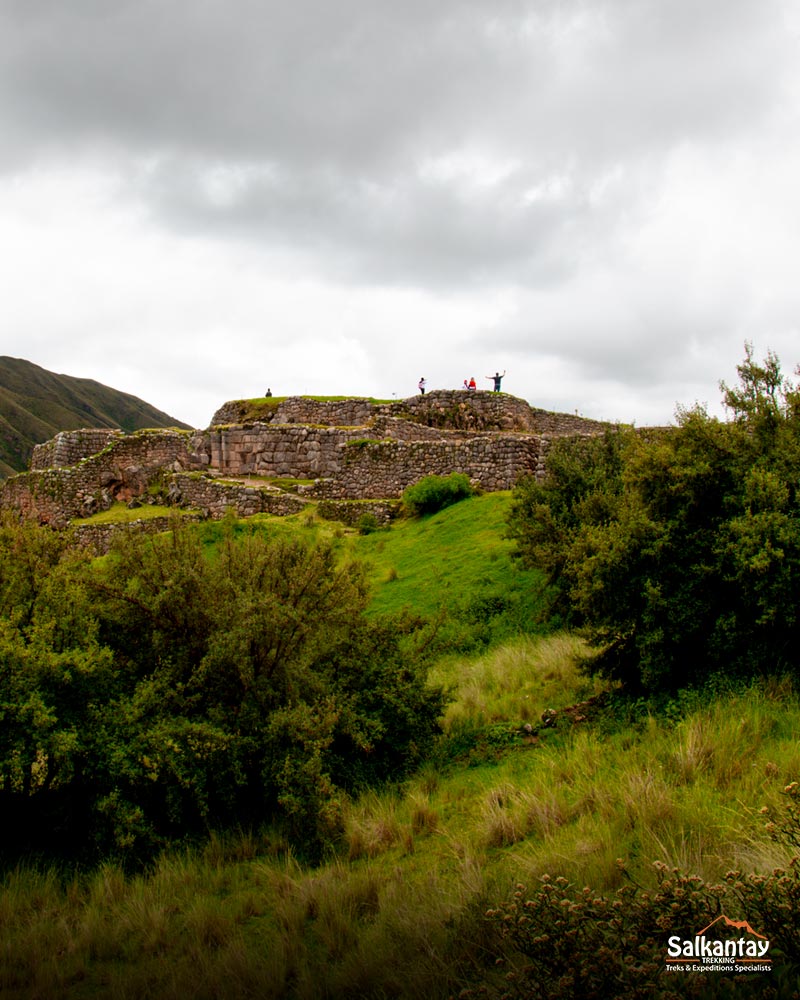
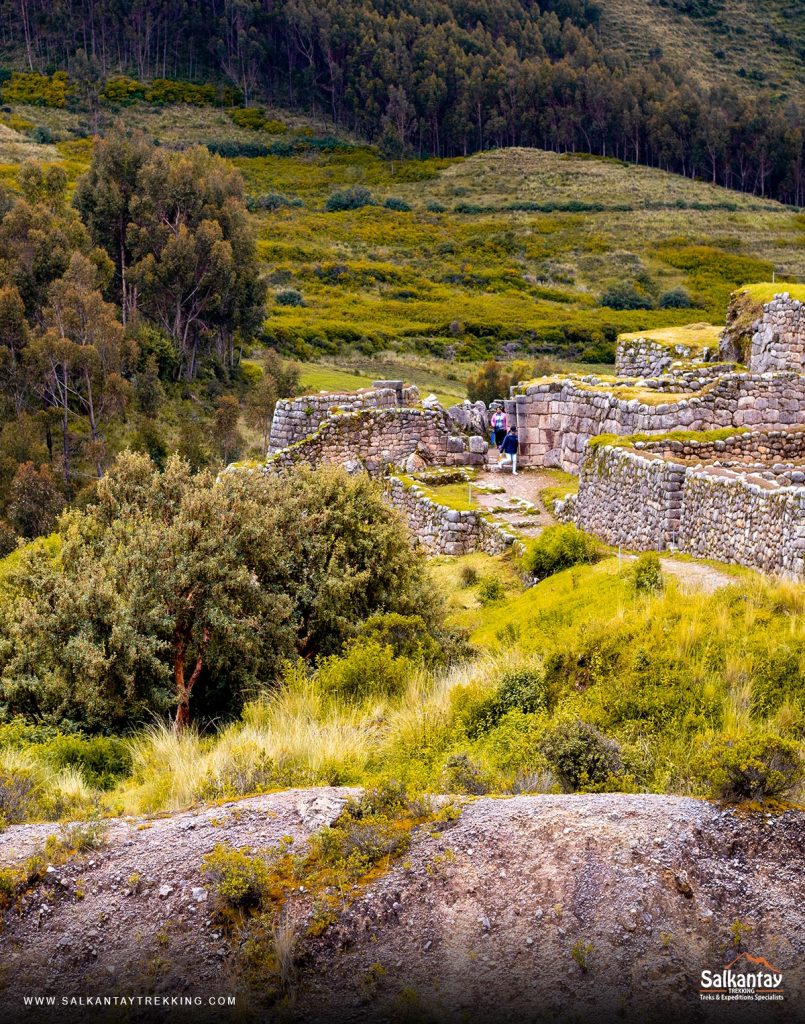
Tambomachay: Temple of Fertility and Water Worship
The sounds of baby llamas running freely through dreamlike pastures were the first scene etched in my memory as soon as I entered this Temple dedicated to water and fertility worship. Some baby llamas are bottle-fed, while others pose with enchanted tourists and hold them in their arms.
A slightly inclined, tree-lined path of typical and exotic trees forms an attractive forest that will take you to the top, where the water fountains are located.
From there, everything you see was designed for this purpose: Waterfalls, aqueducts, Inca terraces, and finely carved stones to transport this rich source of life from nearby springs to Tambomachay.
Once again, nature is rich in this beautiful place in Cusco, Peru, and the delightful sound of water refreshes the landscape and makes you want to learn more about the countless ways the Incas developed to harness this precious resource.
The afternoon begins to fade; a cold wind announces it’s time to leave. We quicken our pace to catch up with the tour as it heads back: What a wonderful afternoon! Every minute was spent in the best way, and I already feel acclimatized. I’ve been here much longer, given how interesting it has been to be in this area, and Salkantay Trekking carefully chose me to present us with the best of the city. Tomorrow, there’s more! The Sacred Valley of the Incas awaits us! And the next day, we will visit Chinchero, Maras, and Moray. I still can’t believe I’m in the magical “Land of the Incas”! Thus, we bid farewell to this unforgettable first day of our lives.
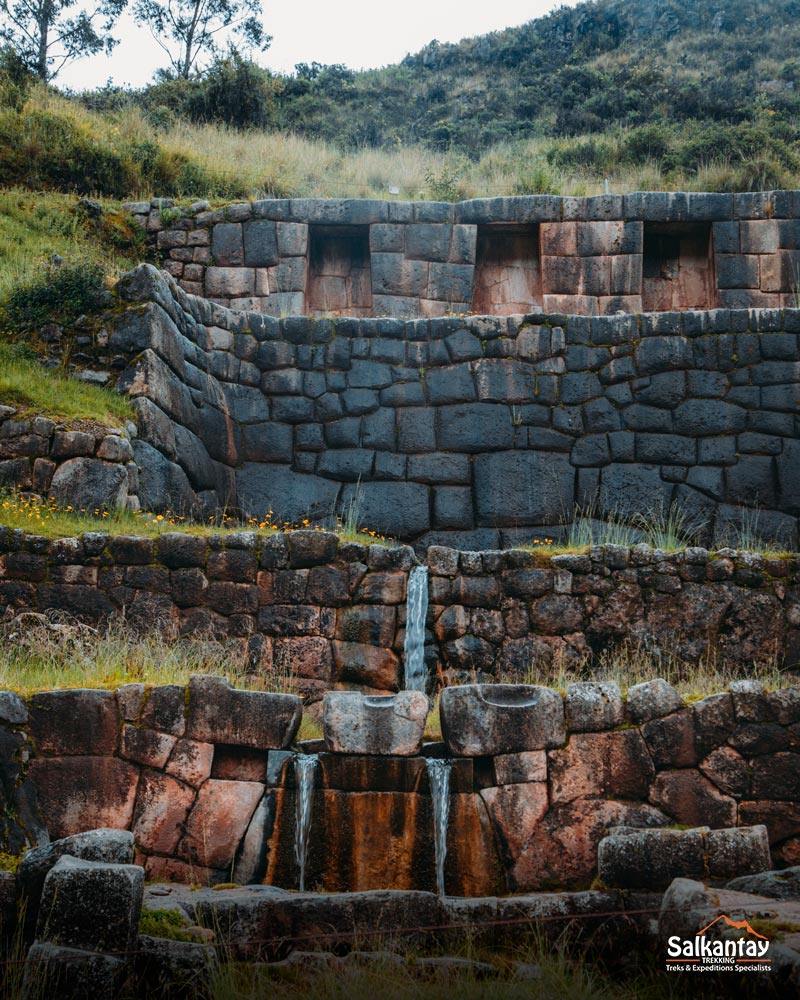
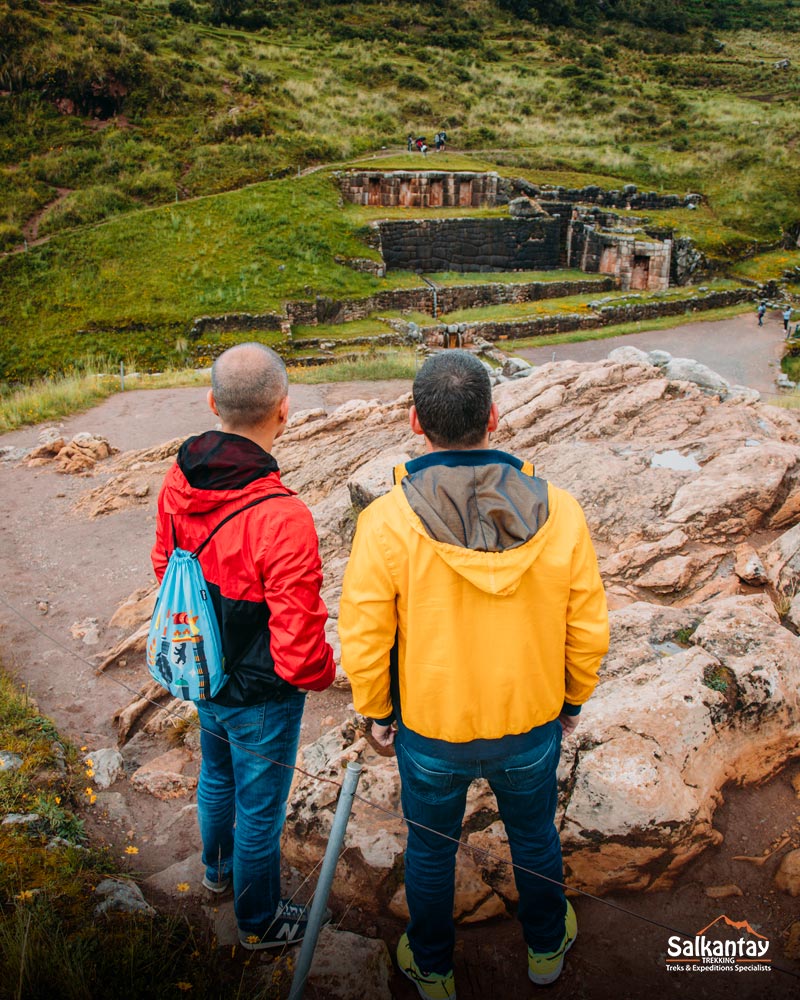


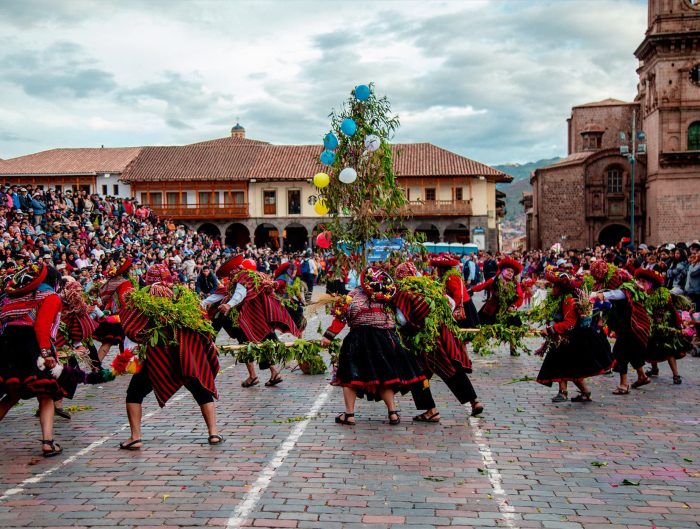
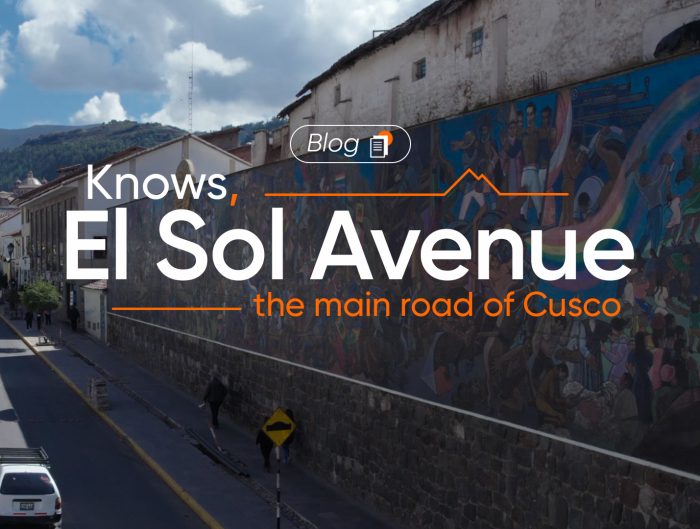


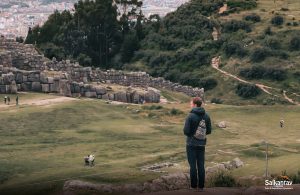
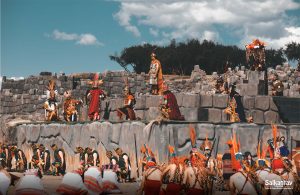


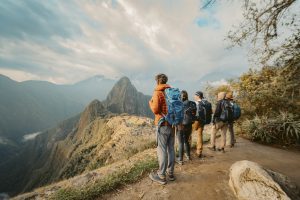



Leave A Reply